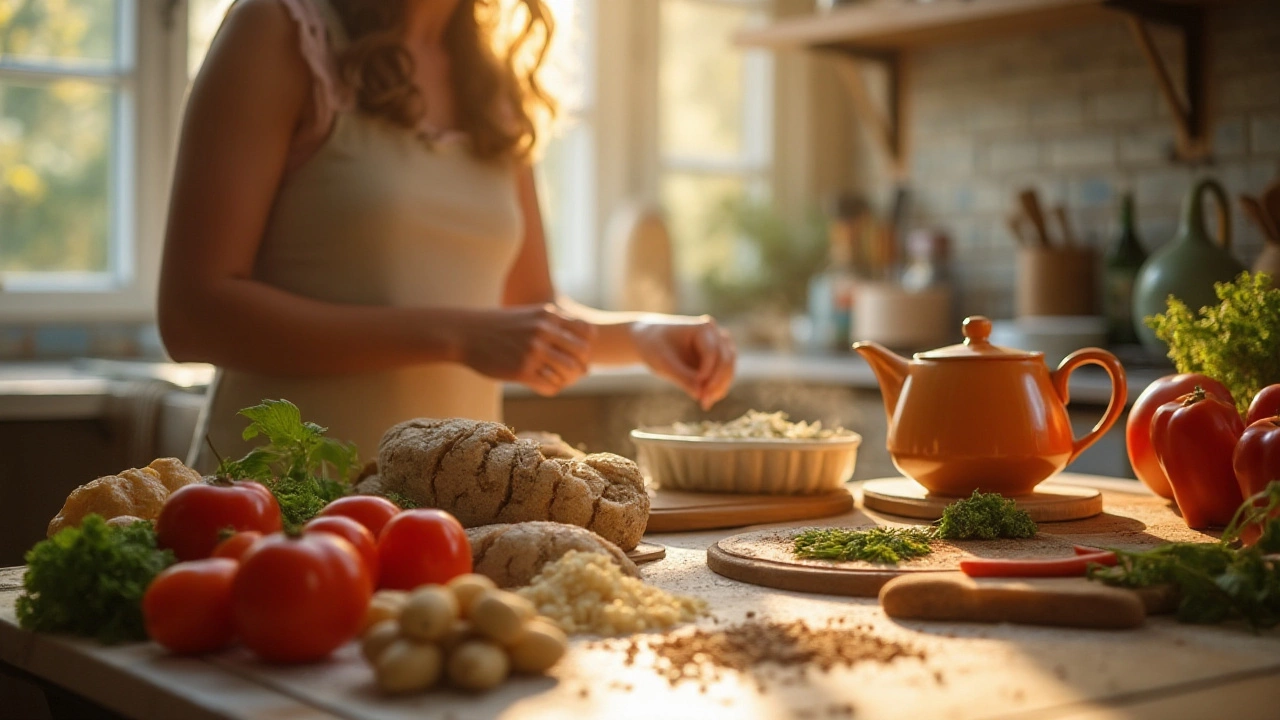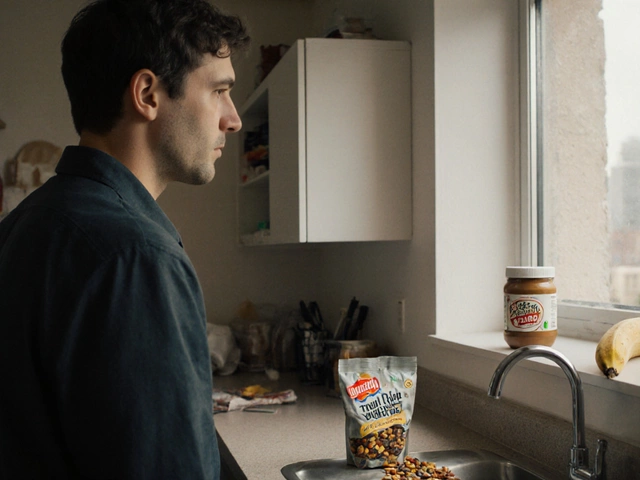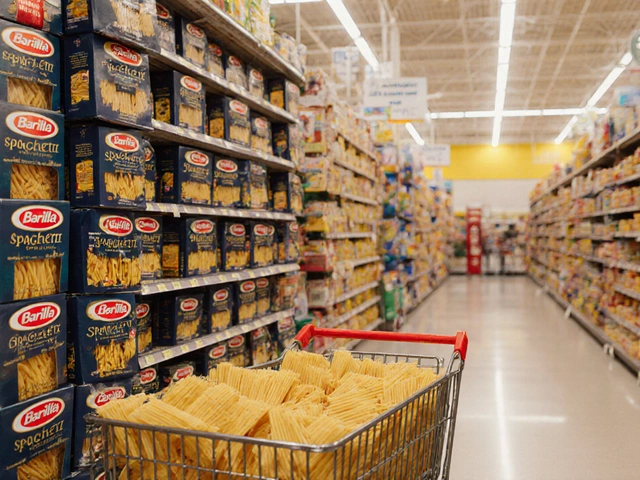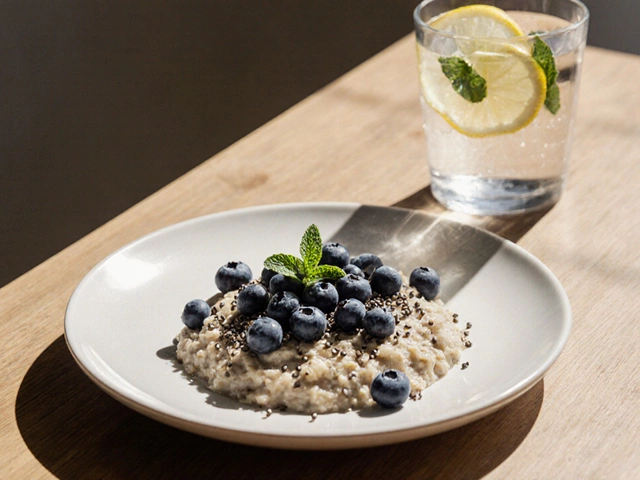Gluten-Free Diet Made Simple: What You Need to Know Today
Going gluten‑free can feel like stepping into a maze of labels, warnings, and "is it safe?" questions. The good news? You don’t need a culinary degree to eat well without gluten. In this guide we break down the biggest gluten traps, show you how to read packs in seconds, and hand you a couple of quick recipes you can throw together after work.
Spot the Sneaky Gluten Sources
Most people think wheat flour is the only culprit, but gluten loves hiding in places you rarely check. Soy sauce, even the “regular” kind, often contains wheat. Some spice mixes add maltodextrin made from barley. Processed cheeses may have starch derived from wheat. The easiest trick is to keep a cheat‑sheet: if the ingredient list mentions wheat, barley, rye, malt, brewer’s yeast, or “modified food starch” without specifying the source, skip it.
Cross‑contamination is another silent enemy. A gluten‑free oatmeal can pick up crumbs from a toasting tray that also handles regular bread. When you shop, look for dedicated gluten‑free aisles or items clearly marked with a certified gluten‑free logo. At home, use separate cutting boards and toasters, or simply toast gluten‑free bread on its own.
Quick, Gluten‑Free Meals You Can Master
Here are two recipes that use everyday ingredients and take less than 30 minutes.
One‑Pan Chickpea Curry: Sauté a diced onion, two garlic cloves, and a thumb‑sized piece of ginger in oil. Add a can of drained chickpeas, a cup of coconut milk, and two teaspoons of gluten‑free curry powder. Simmer until thick, then serve over microwave‑ready brown rice. No flour, no soy sauce, just flavor.
Veggie‑Packed Fried Rice: Cook a cup of rice a day ahead and chill. In a hot wok, scramble two eggs, set aside, then stir‑fry mixed frozen veggies (look for “gluten‑free” on the bag). Toss the cold rice, soy‑free tamari, a splash of sesame oil, and the eggs back in. A dash of lime juice adds brightness. Feel free to swap in shrimp or tofu for extra protein.
Both dishes are adaptable—swap beans for lentils, change the spice mix, or add fresh herbs. The point is you can keep meals interesting without hunting for specialty items.
Staying gluten‑free isn’t about depriving yourself; it’s about learning a few rules and having a go‑to recipe list. Keep the cheat‑sheet handy, separate your tools, and experiment with simple dishes like the ones above. Before long you’ll notice how easy it is to enjoy safe, tasty meals every day.

Understanding Gluten Withdrawal Symptoms and How to Manage Them
by Landon Weathers / 7 Dec 2024Transitioning to a gluten-free diet can lead to withdrawal symptoms, surprising to many who cut out gluten for the first time. It's not just about changes in food habits; it involves balancing your body's reaction to a new way of eating. Understand the symptoms you might face, such as headaches and fatigue, and learn valuable tips to ease the process. This article provides practical advice and insights for those embarking on a gluten-free journey, making the transition smoother and more pleasant.



